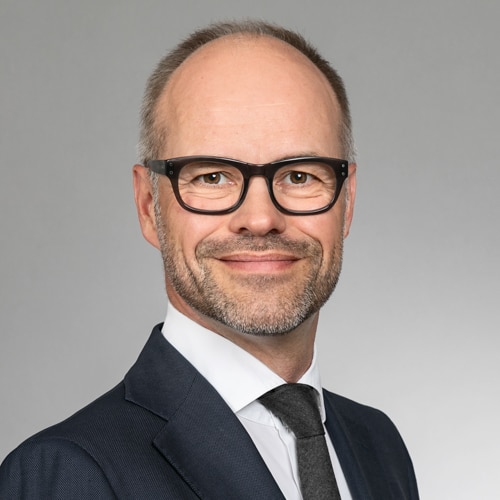For German automotive suppliers, avoiding risk is the real risk
The German automotive supply industry is currently subject to increasing public concern, with reports suggesting it faces an unprecedented and inevitable decline.
Indeed, the industry is undergoing a structural transformation not seen in the last three decades. The advent of electric vehicles, vehicle digitization, and significant shifts in market dynamics and competitive landscapes present substantial challenges for automotive suppliers in Germany.
However, this situation is neither unprecedented nor inevitable. In the mid-1990s, the industry faced significant structural adjustments, including waves of consolidation, heightened price competition, and US automakers outsourcing component manufacturing. During that period, new business models emerged, such as system suppliers, leading to transformative changes within the sector. Although strategies from that era may no longer suffice, they can serve as a valuable learning foundation, illustrating that challenging beginnings can lead to positive future outcomes.
Today, individual strategic options must be actively pursued and implemented by every supplier. This year’s Strategy& automotive supplier study highlights three key priorities that the industry should focus on for a successful future. Our in-depth industry analysis of the industry includes financial data from the top-100 international suppliers, each with over 50% of their revenue stemming from automotive supply.
Stagnating sales in the global automotive supply industry
The global automotive industry is currently facing nominal zero growth, which effectively translates to a decline in real terms. Despite the stagnant market, an increasing number of car manufacturers are vying for their share. Chinese automotive manufacturers, in particular, are eager to break into the top-10, compensating for the downturn in traditional growth drivers. Since 2019, leading European volume manufacturers have seen a significant loss in both market share and production volumes – a shortfall felt keenly by European suppliers. This shift in the automotive supply industry is evident, as eight Chinese suppliers now rank among the top-100 globally.
Revenue trends for top automotive suppliers, 2019-2024
Traditional automotive suppliers are losing ground to emerging Chinese competitors
The automotive supply industry is witnessing significant shifts as traditional centers face new challenges, particularly from emerging Chinese competitors. Many automotive suppliers are exploring individual solutions to secure their future, straining established cooperation models alongside long-standing customer and supplier relationships. This evolution is contributing to a decline in the competitiveness of Western automotive manufacturers and suppliers. Now is the pivotal moment for the automotive industry to unify and redefine roles for future success.
Analysis of global market share development across different regions in 2005, 2015, and 2024
Americas - 9 suppliers
Europe - 9 suppliers
Germany - 7 suppliers
Asia - 26 suppliers
China - 5 suppliers
A new value creation architecture as strategic path for automotive manufacturers and suppliers
In today's ever-evolving automotive supply industry, staying competitive requires companies to adopt a comprehensive value creation architecture emphasizing speed, innovation, and scalability. Some automotive suppliers and manufacturers have already made strides in developing these structures, while others must act swiftly to maintain their market standing.
Chinese suppliers have successfully adapted Germany's cooperative model from the combustion engine era to excel in electric mobility, whereas parts of the German automotive industry are experiencing delays of progress in adopting new technologies. Achieving success depends on securing financing through proactive growth and competitive strategies. Thus, intelligent, collaborative approaches are vital to reclaim success.
Activities essential to this strategy include:
- 1Sketching out the innovations of the future
- 2Regaining flexibility and speed
- 3Striking a fresh balance in the value chain architecture
Steven van Arsdale, Philipp von Brentano, Sophie Kulig, Sarah Luisa Guida, Dr. Kolja Lichtenhälter, Rob van der Meulen, Nils Goepel, and Marie Enders also contributed to this report.



